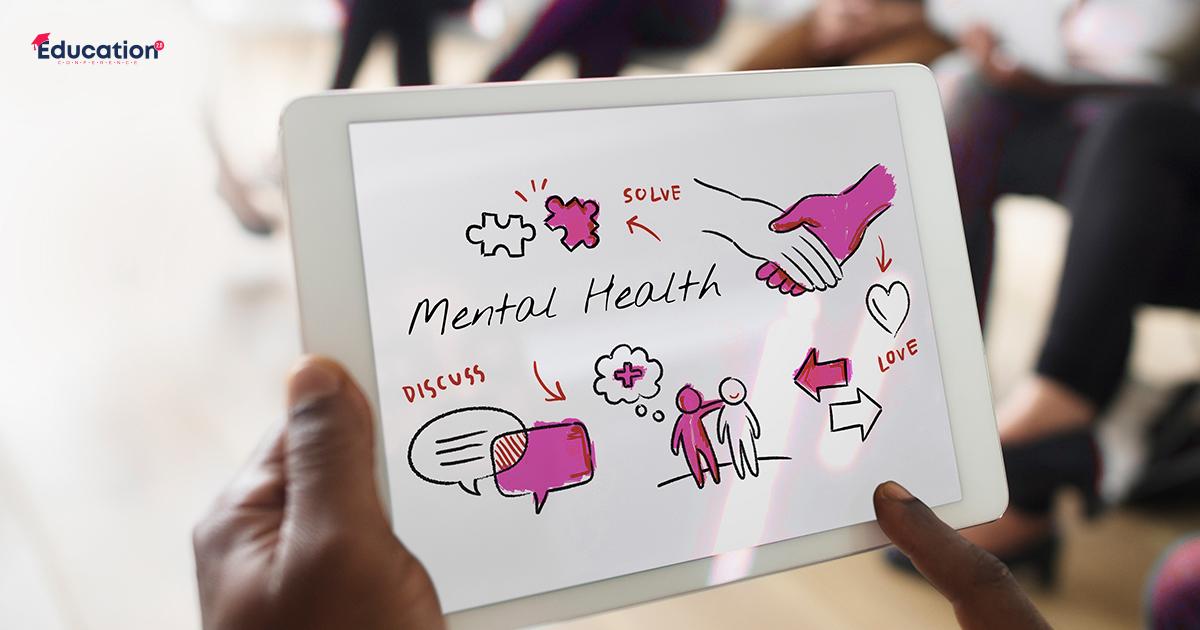In today's fast-paced world, education is taking a toll on many students. Students make constant efforts to perform well in a competitive educational mainframe. This takes a toll on their mental health, too. Thus, the importance of addressing mental health in education cannot be overstated.
Students face a lot of pressure. They are expected to study well, make social interactions, and focus on personal growth. All of this can become too much sometimes. As educators and institutions, we are responsible for creating an environment that promotes their development.
Here, we have compiled the most effective strategies for enhancing student well-being within the educational setting. Using expert insights from Education 2.0 Conference, let’s explore the importance of mental health and student well-being.
Building A Supportive And Inclusive School Culture
There are different kinds of students everywhere. Some might need more support than others, and some might learn at a faster pace than others. It is important to create an inclusive environment for all. Here is how institutions can do this:
-
Promoting Open Communication Channels
- Encourage students to express their thoughts and feelings openly. Create a culture where students feel comfortable discussing their concerns with teachers, counselors, or peers. Teachers can actively listen, empathize, and validate students' feelings.
- Establish a safe space where students can share their concerns without fear of judgment. Designate safe zones or clubs where students can gather to discuss their mental health and experiences without worrying about stigma.
-
Anti-Bullying Initiatives
- Implement strict anti-bullying policies and ensure they are consistently enforced. Develop clear and comprehensive anti-bullying policies that specify consequences for bullying behavior. Ensure these policies are communicated to students, parents, and staff.
- Provide resources for students who experience bullying and educate the entire school community on its harmful effects. Offer counseling services and support groups for victims of bullying. Conduct awareness campaigns and workshops to educate students, parents, and teachers about the signs of bullying and how to address it.
-
Inclusive Curriculum
- Incorporate diverse perspectives and voices into the curriculum to promote inclusivity. Include literature, history, and cultural studies that represent a wide range of backgrounds and experiences. This develops empathy and understanding among students.
- Teach students about empathy, tolerance, and the importance of respecting differences. Integrate lessons on empathy and tolerance into the curriculum. Encourage discussions and activities that promote empathy, such as storytelling and role-playing.
-
Peer Support Programs
- Develop peer support programs where older students can mentor and support younger ones. Create mentorship programs that pair older students with younger ones. This not only provides guidance but also helps younger students feel connected and supported.
- These programs help create a sense of belonging and provide a support network within the school. Encourage peer mentoring sessions, group activities, and opportunities for older students to share their experiences and advice with younger peers.
Equipping Educators With Mental Health Training
When schools embrace diversity, they also have to be considerate of children with all kinds of learning disabilities. Upcoming education events in 2024 are highlighting the importance of student-centered education in the present scenario. For instance, Education 2.0 Conference gathers educationalists from around the world to share their insights on promoting music therapy for children with ADHD. Such initiatives expand the horizons of school curriculum while also enabling teachers to learn more about mental health.
Similarly, below are some other ways to equip educators with mental health techniques and significance.
- Mental Health Workshops For Educators
- Offer workshops and training sessions for teachers and staff to enhance their understanding of mental health issues. Bring mental health professionals or organizations to provide training on recognizing signs of mental distress, communicating with students about their mental health, and referring them to appropriate resources.
- Equip educators with the skills to identify signs of distress in students. Training should include identifying changes in behavior, mood, and academic performance that may indicate a student is struggling with their mental health.
- Collaboration With Mental Health Professionals
- Establish partnerships with mental health professionals who can provide guidance and support to educators. Forge relationships with local mental health clinics, counselors, and therapists who can offer expertise and consultation.
- Ensure educators know how to access these resources when needed. Provide clear guidelines and contacts for educators to reach out to mental health professionals when a student's mental health needs surpass the school's capabilities.
- Self-Care For Educators
- Promote self-care practices among teachers to prevent burnout. Offer workshops and resources on stress management, time management, and maintaining a healthy work-life balance.
- Encourage educators to seek their own mental health support when necessary. Normalize seeking help for mental health issues among educators. Also, ensure they can access counseling or therapy services.
Integrating Well-Being Into The Curriculum
-
Mental Health Education
- Include mental health education as part of the curriculum, teaching students about the importance of emotional self-awareness and resilience: Develop age-appropriate modules that cover topics such as stress management, emotional intelligence, and coping strategies.
- Provide age-appropriate resources and materials to facilitate these discussions: Utilize books, videos, and interactive activities that engage students in meaningful conversations about their mental health.
-
Mindfulness And Stress Reduction
- Incorporate mindfulness exercises and stress reduction techniques into daily routines: Dedicate time for mindfulness practices like deep breathing, meditation, or yoga during the school day.
- Teach students how to manage stress and anxiety in healthy ways: Educate students on effective stress management techniques, such as time management, setting boundaries, and seeking support when needed.
Conclusion
It's evident that mental well-being can make a student more productive. By implementing the above strategies and creating a holistic approach to student well-being, educational institutions can create an environment where mental health is prioritized. By doing so, students are equipped to thrive academically and emotionally.
To learn more about the latest education trends and ideas, connect with renowned education conferences like Education 2.0 Conference. Being one of the leasing upcoming education events in 2024, it is the ideal platform to network with industry leaders and expand the future of education.















